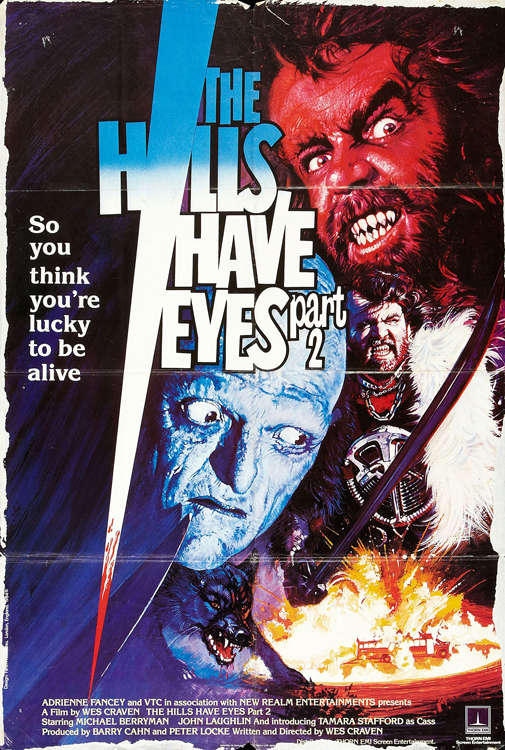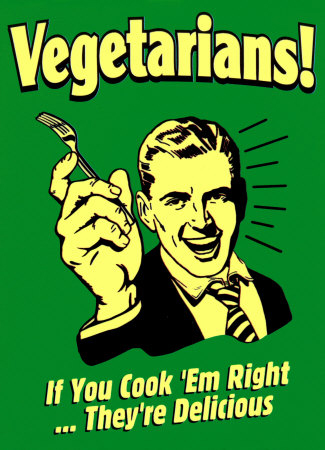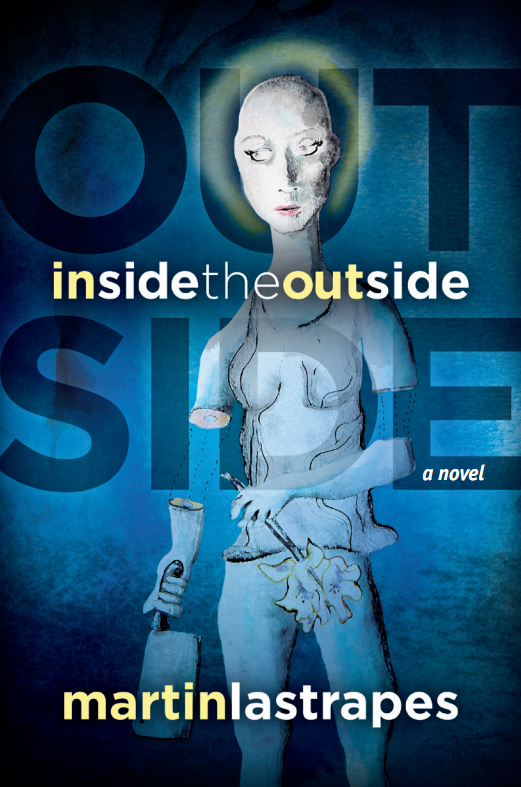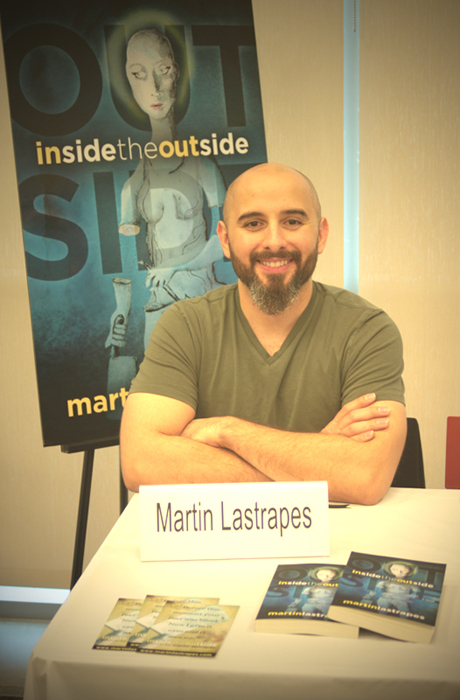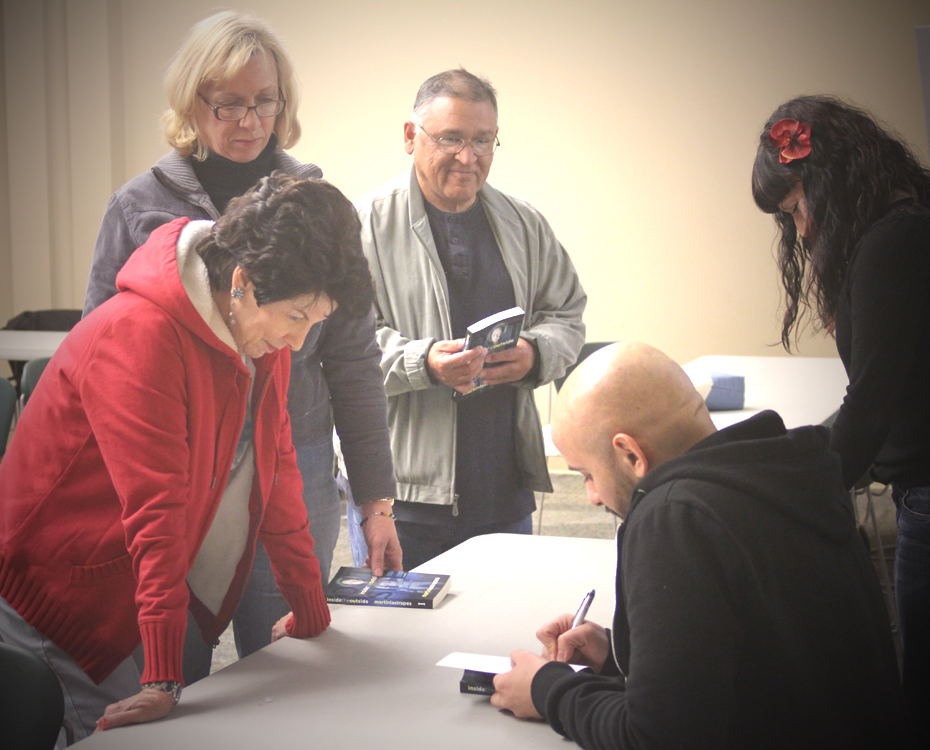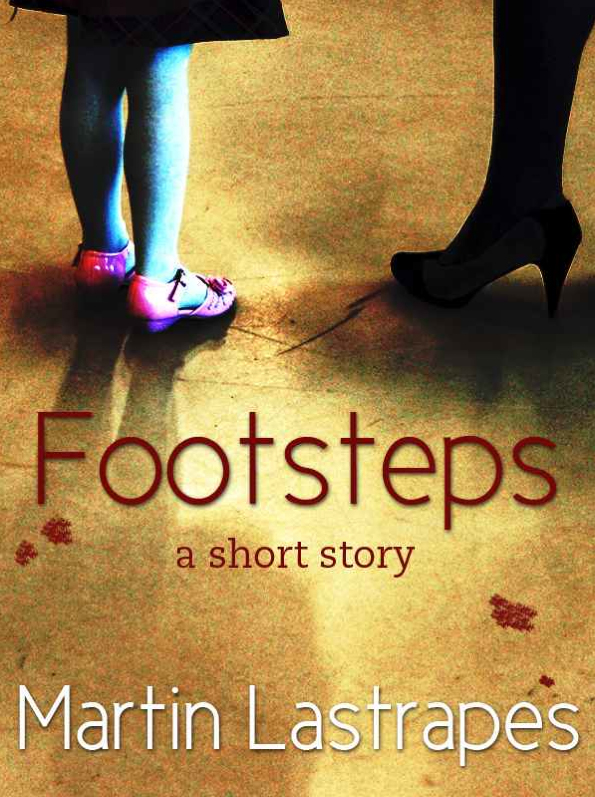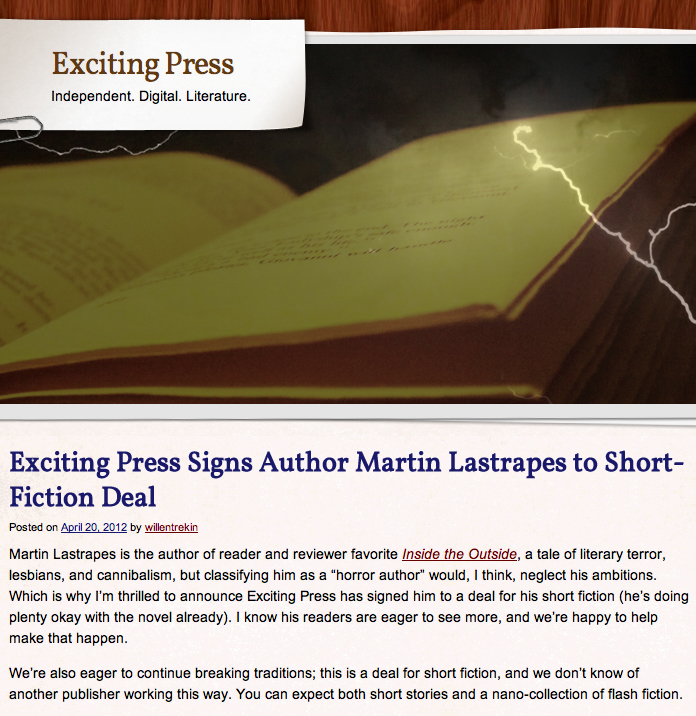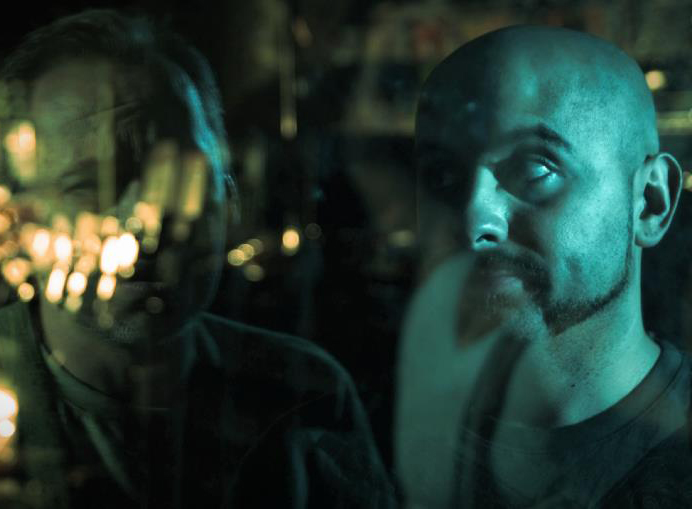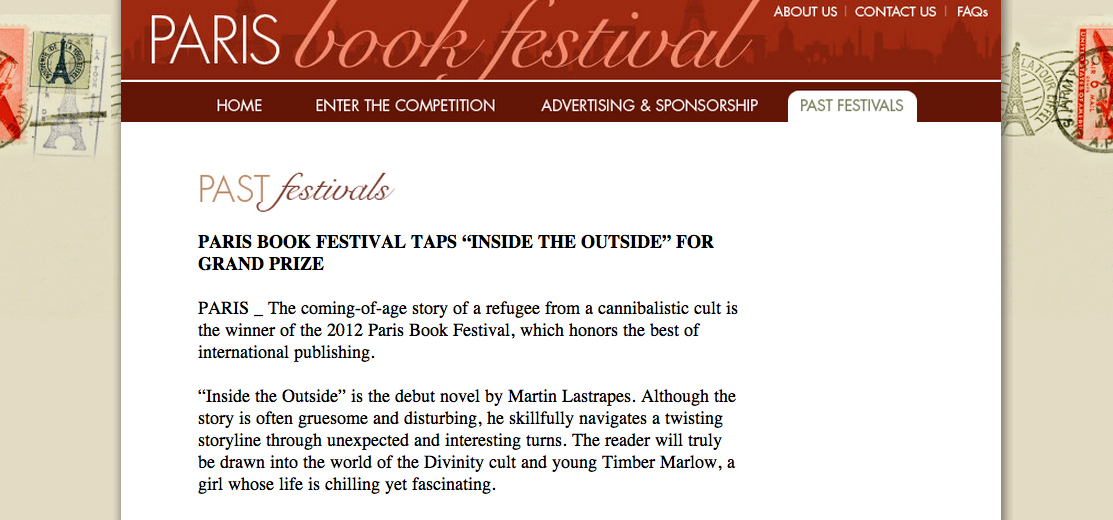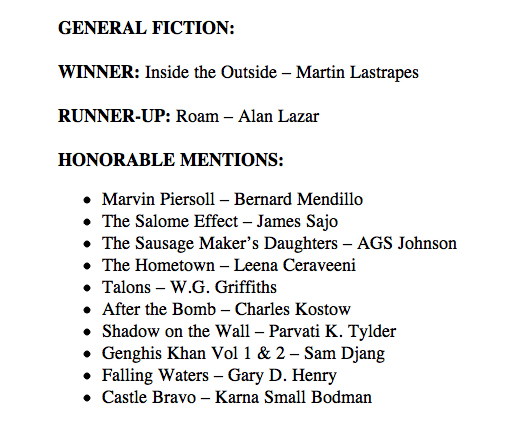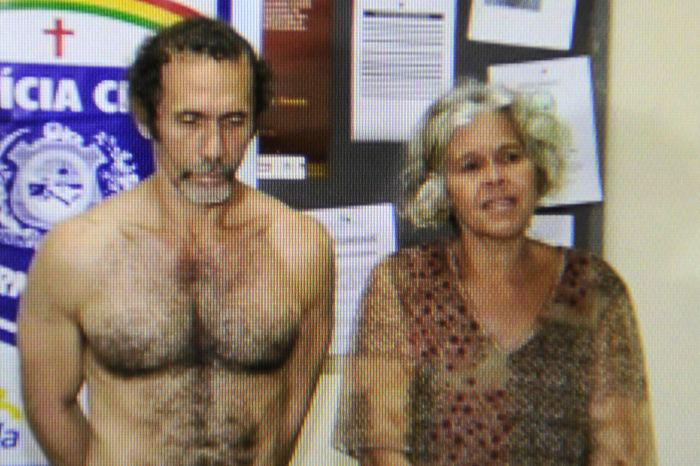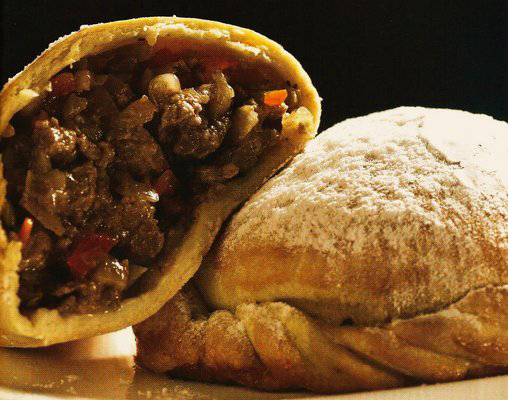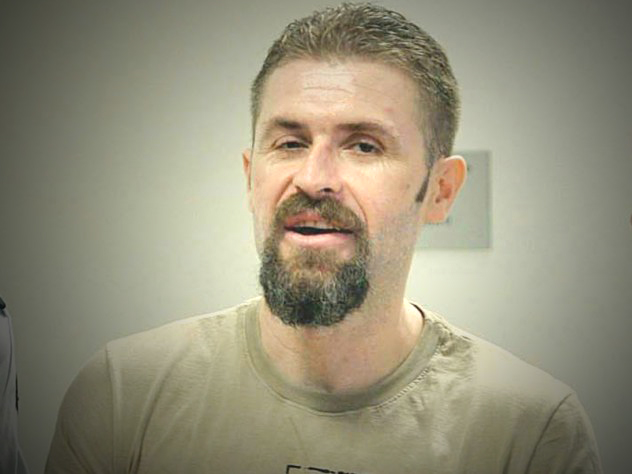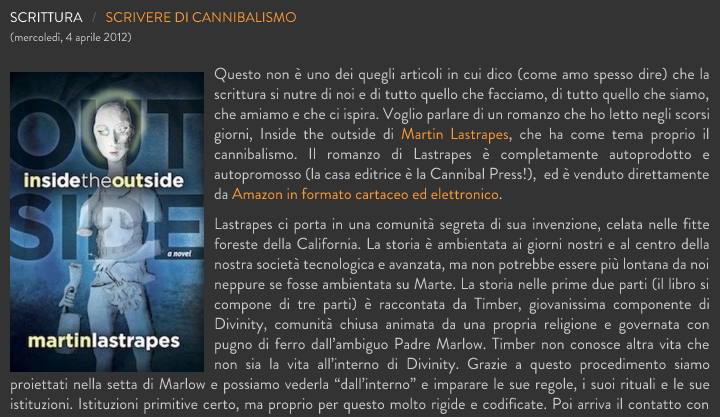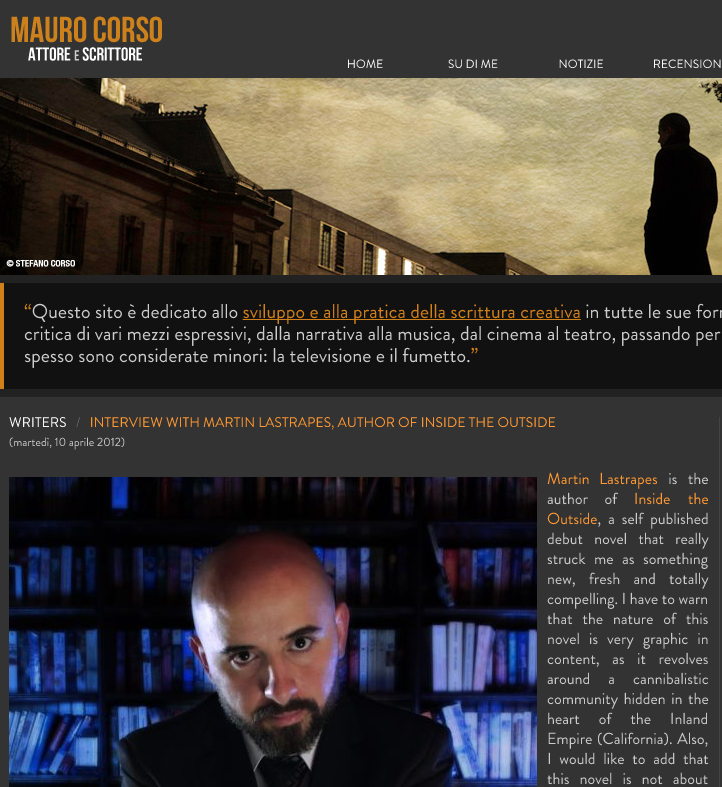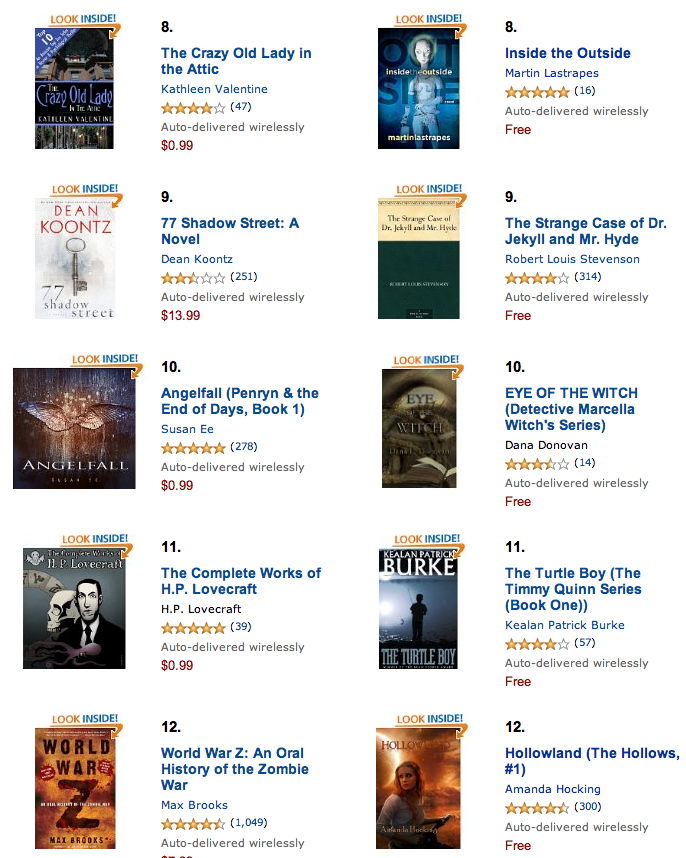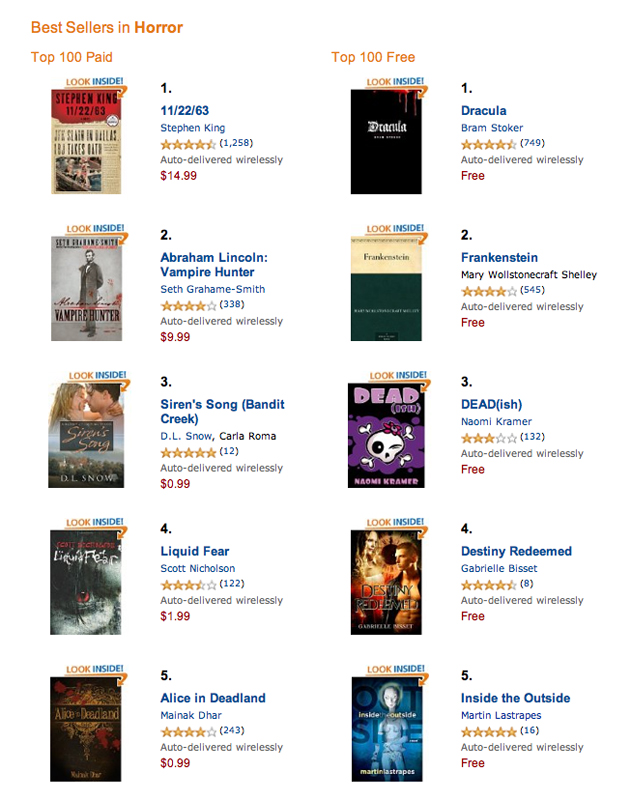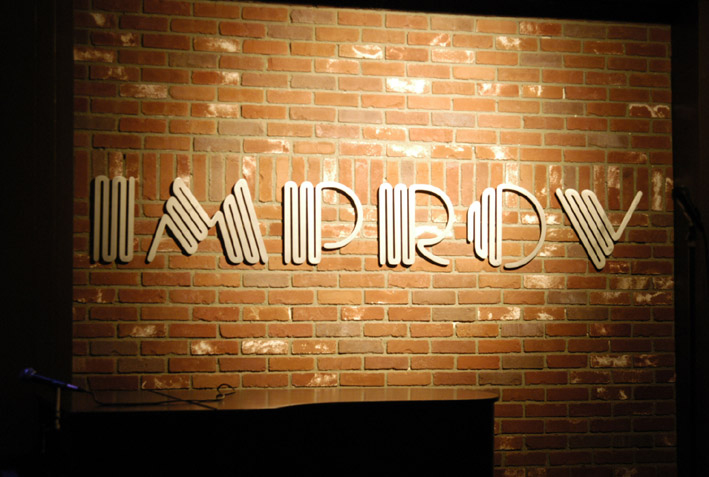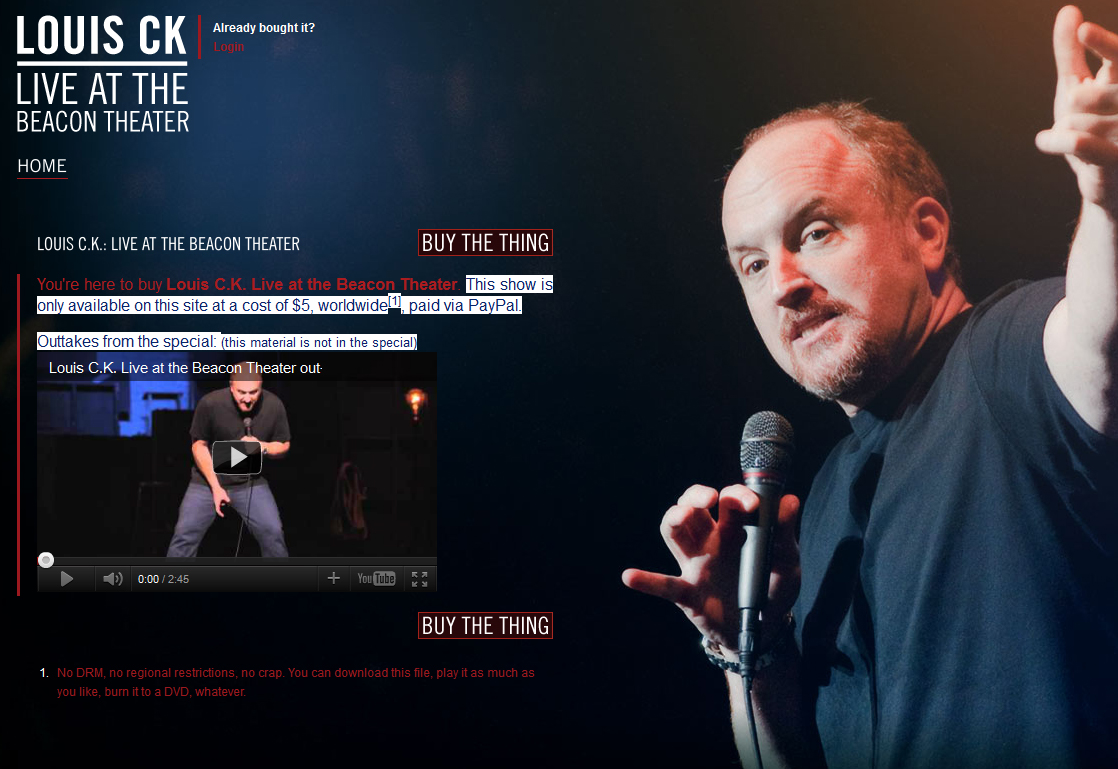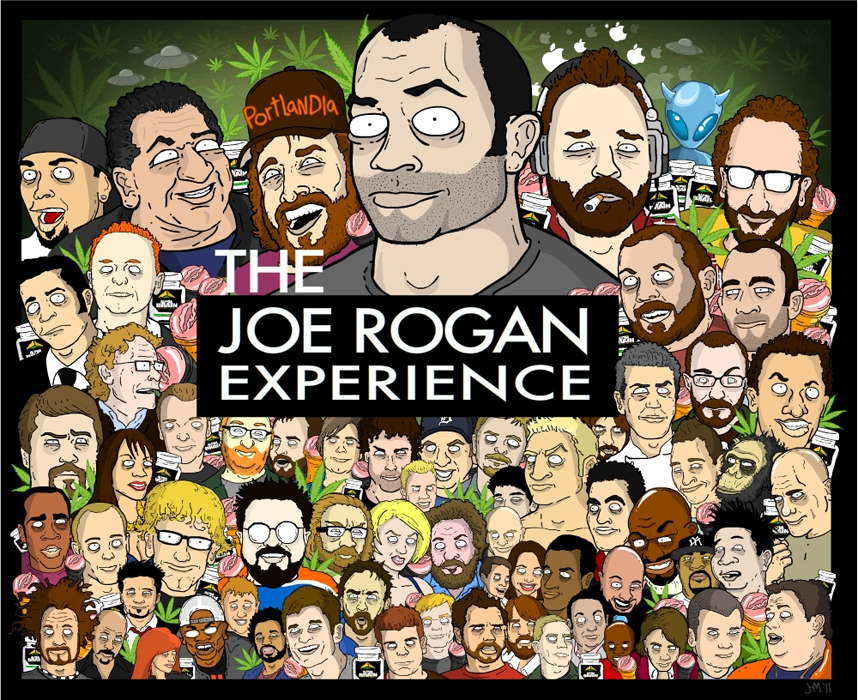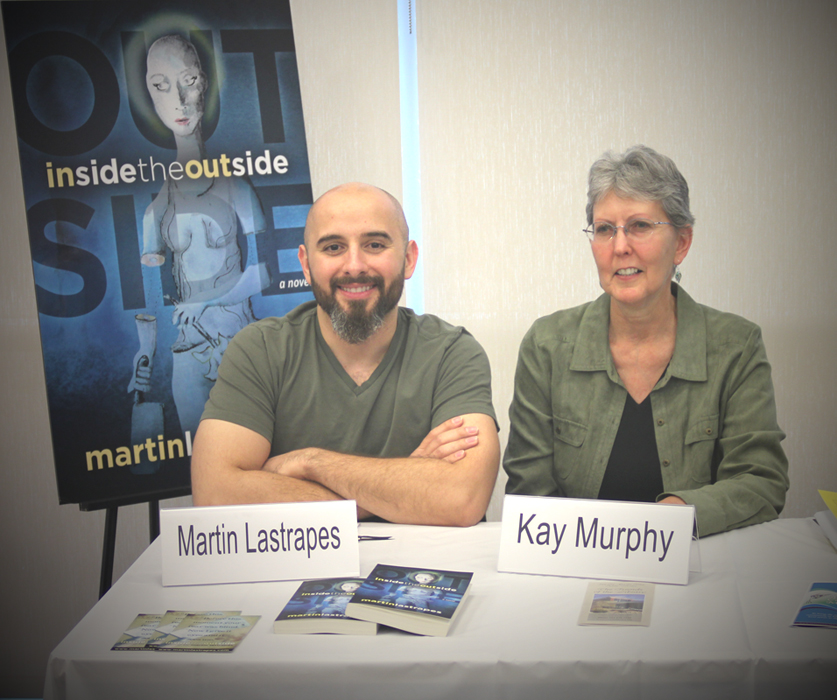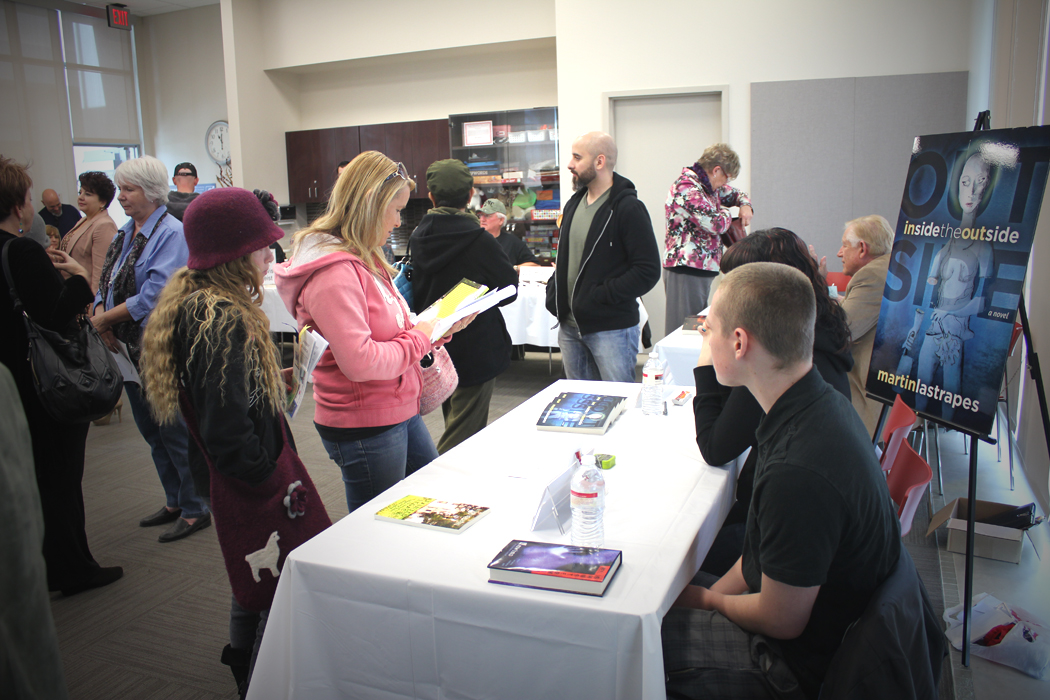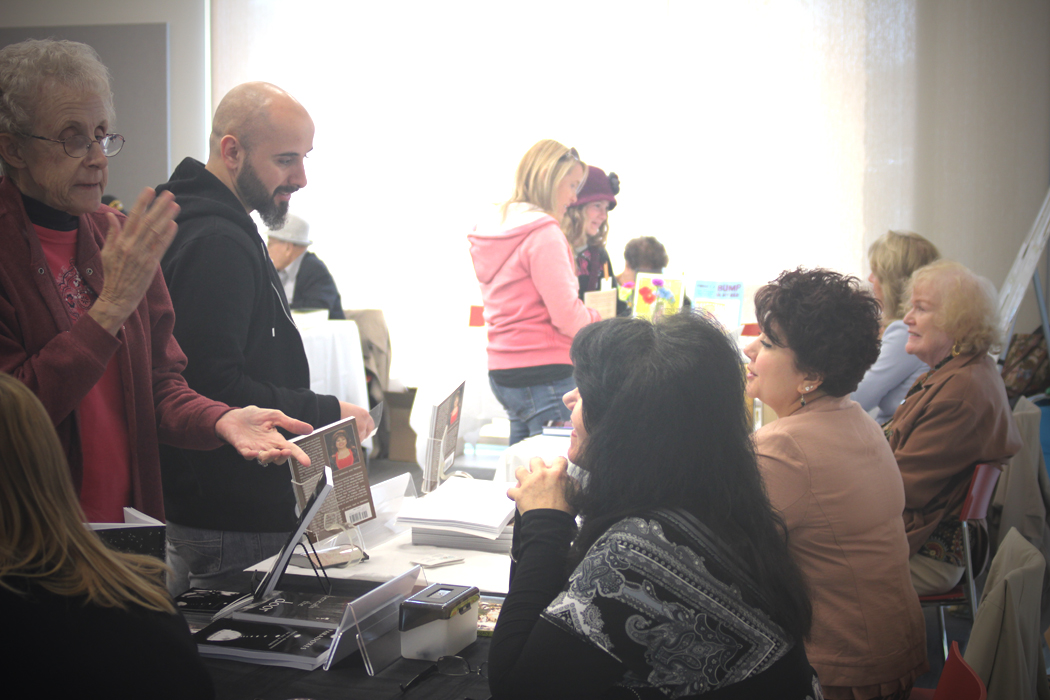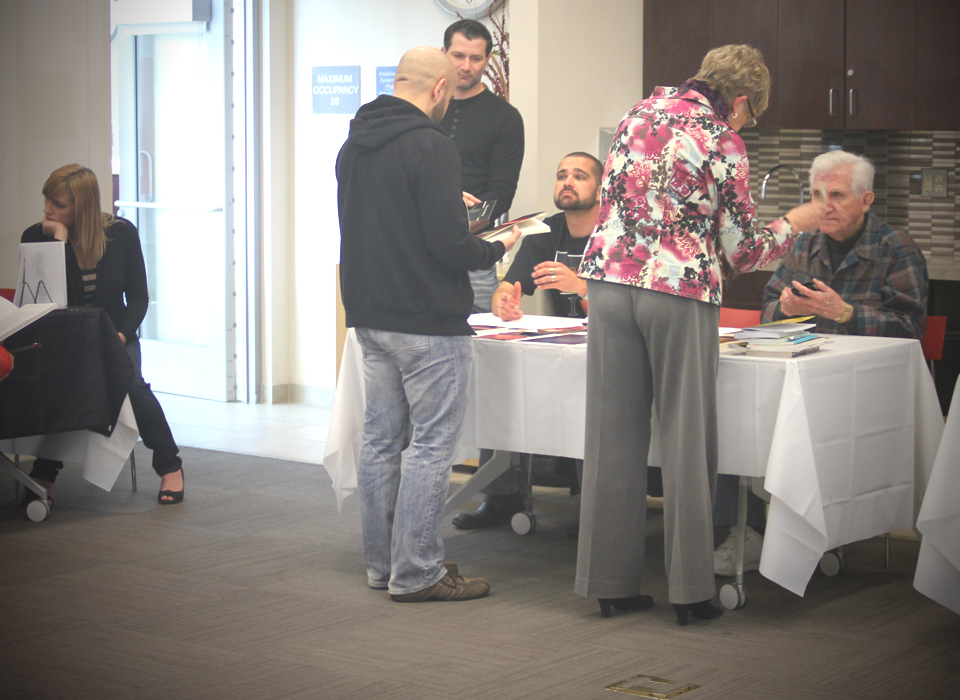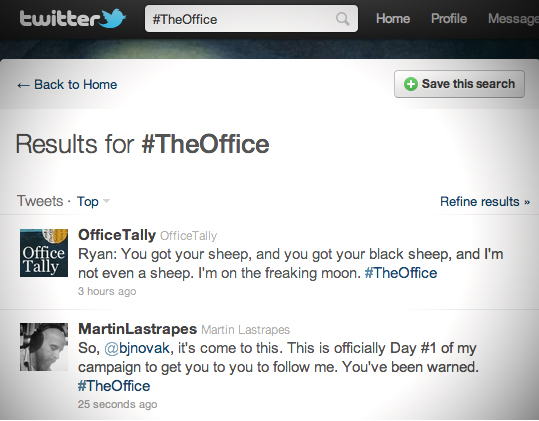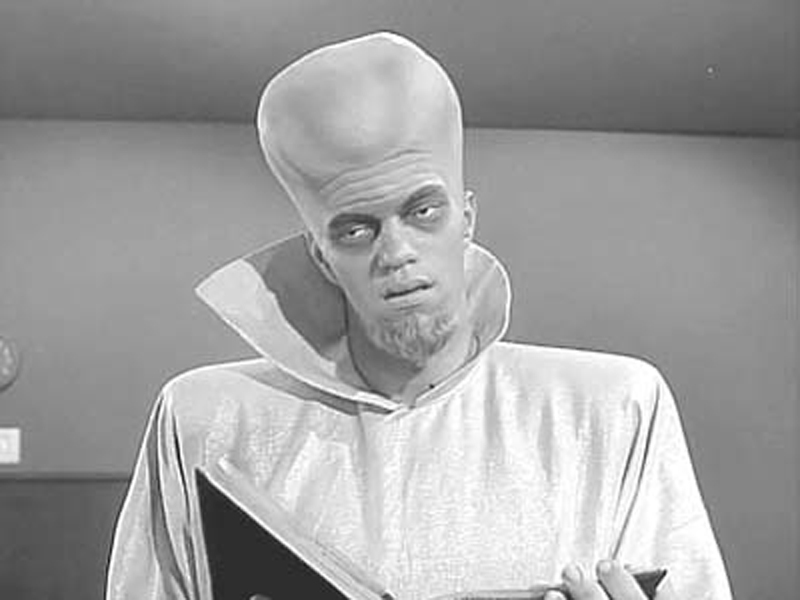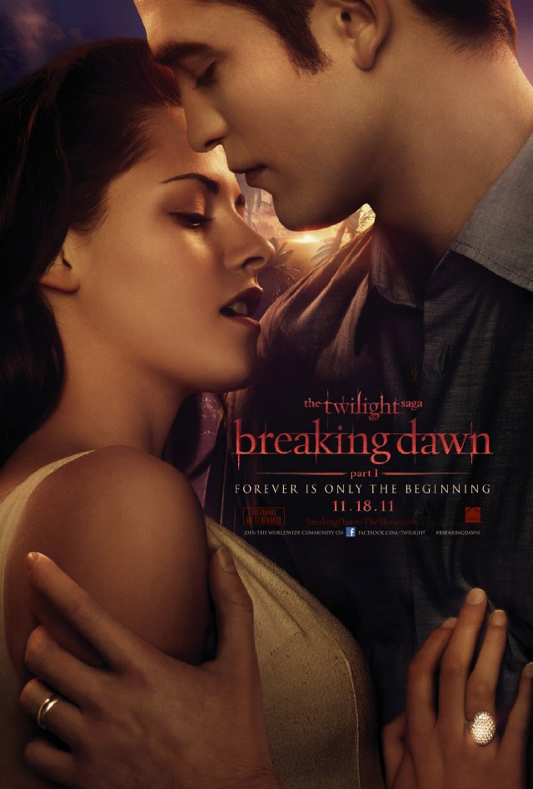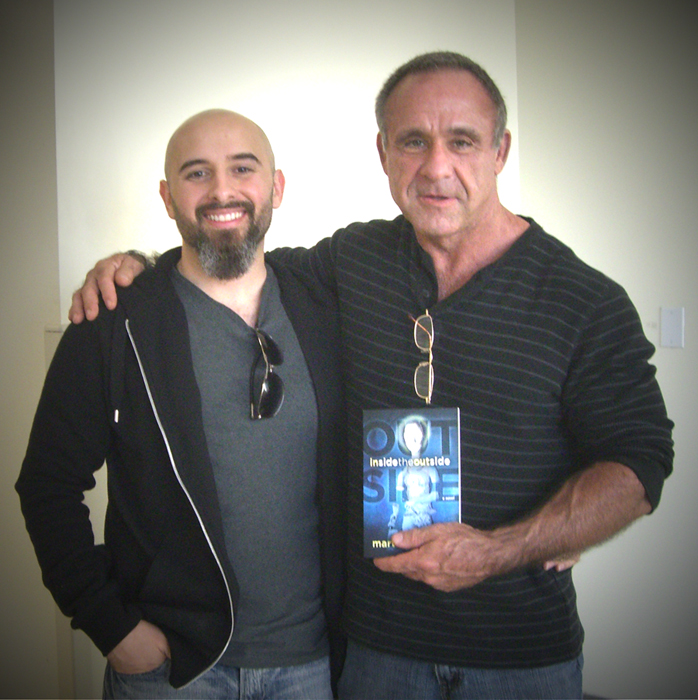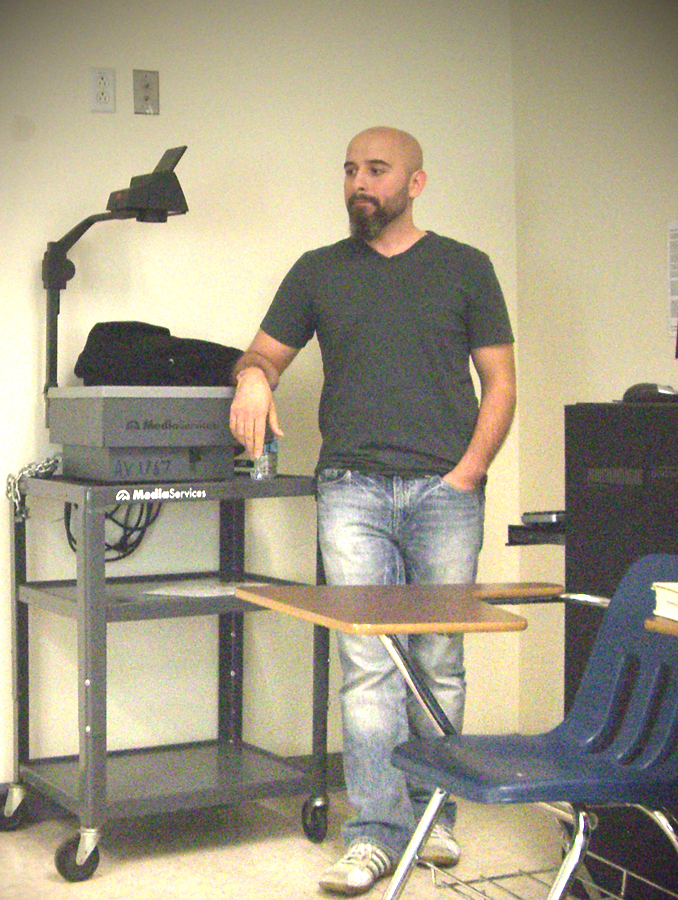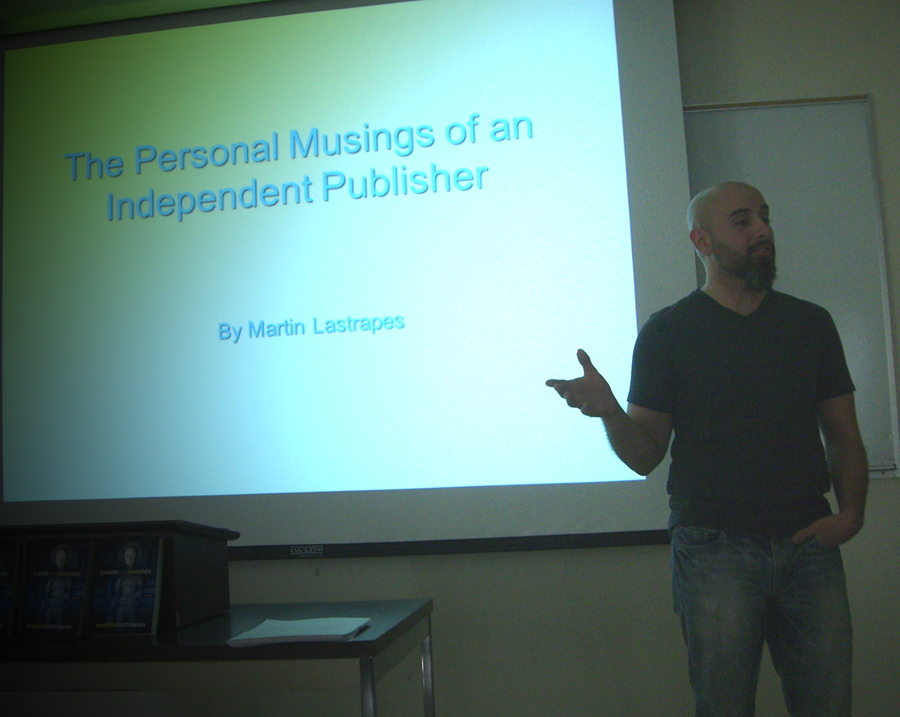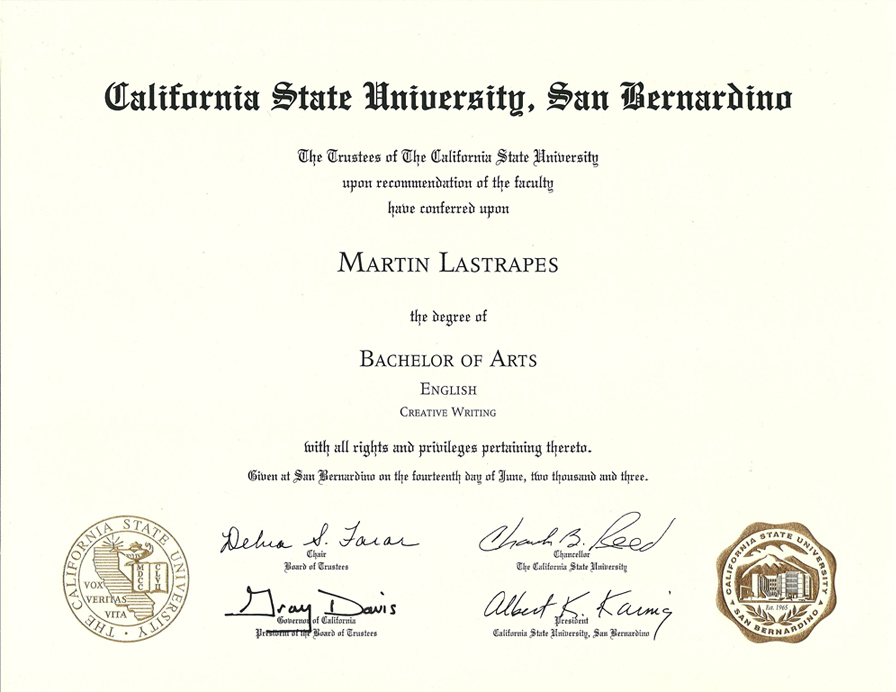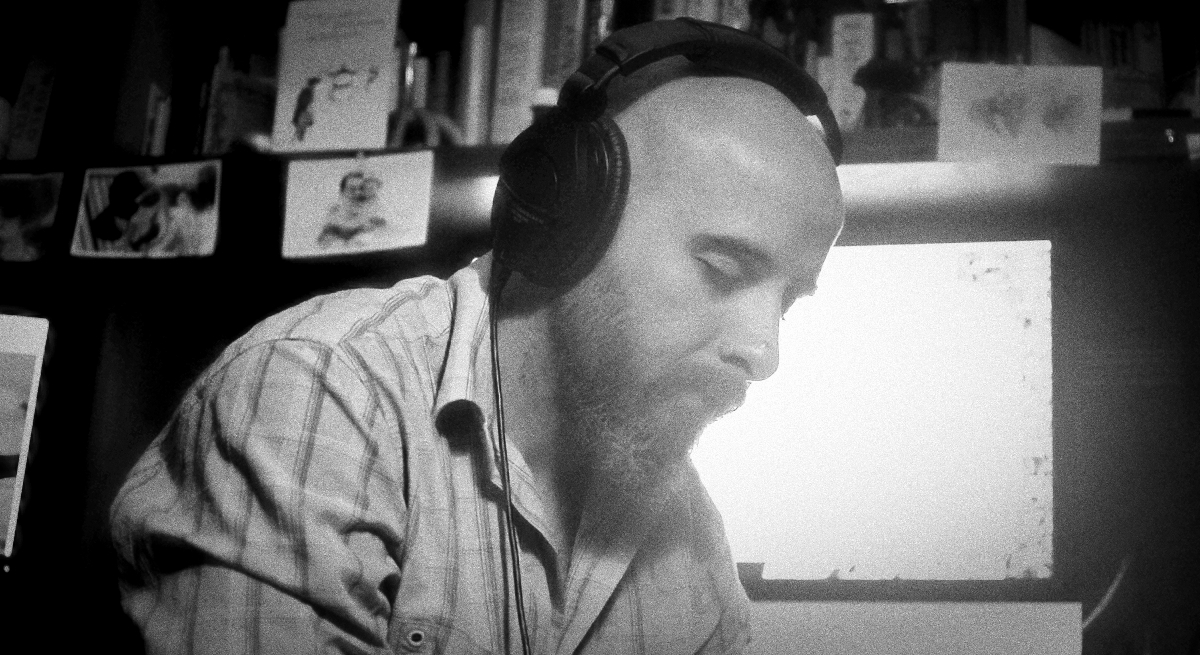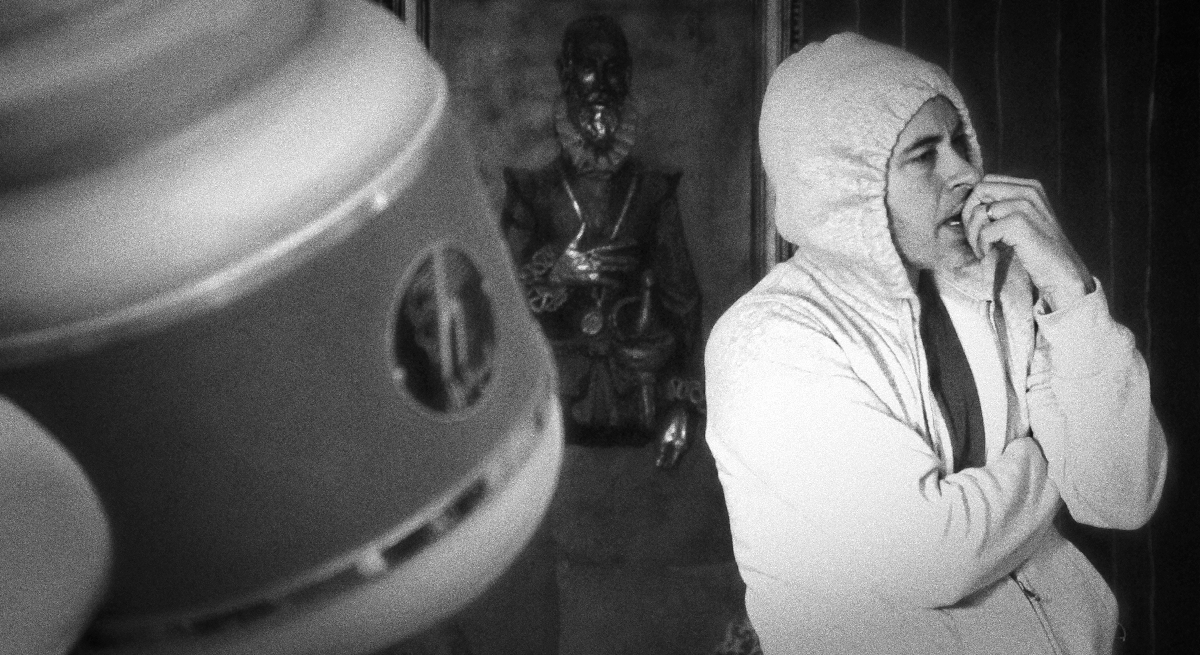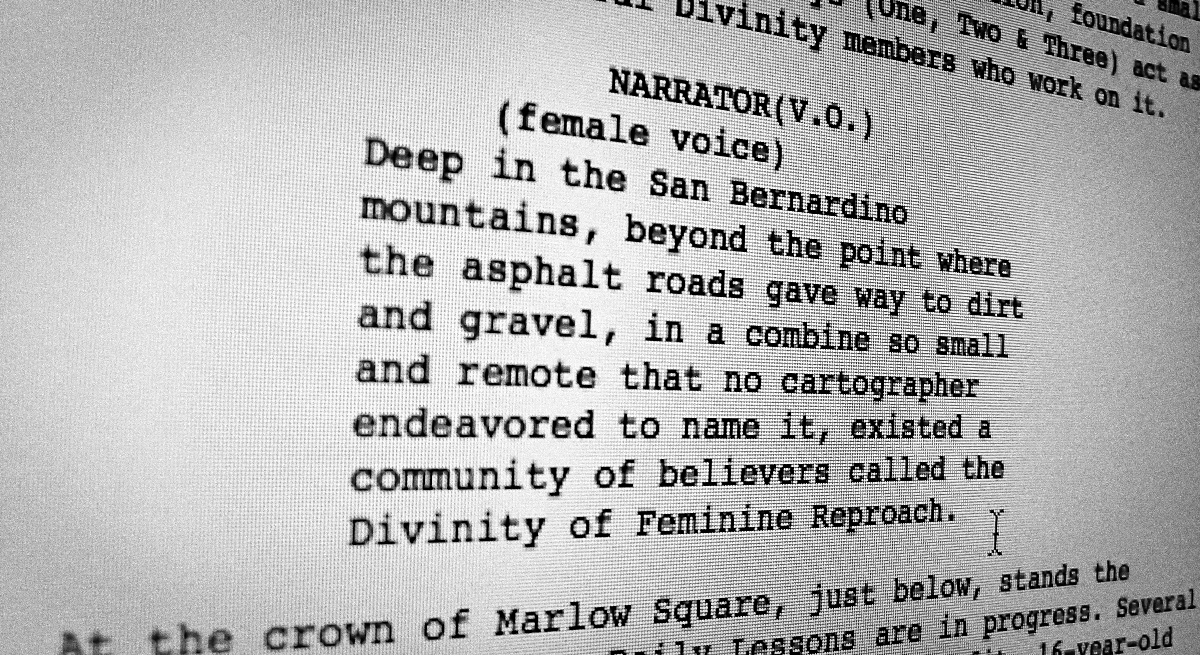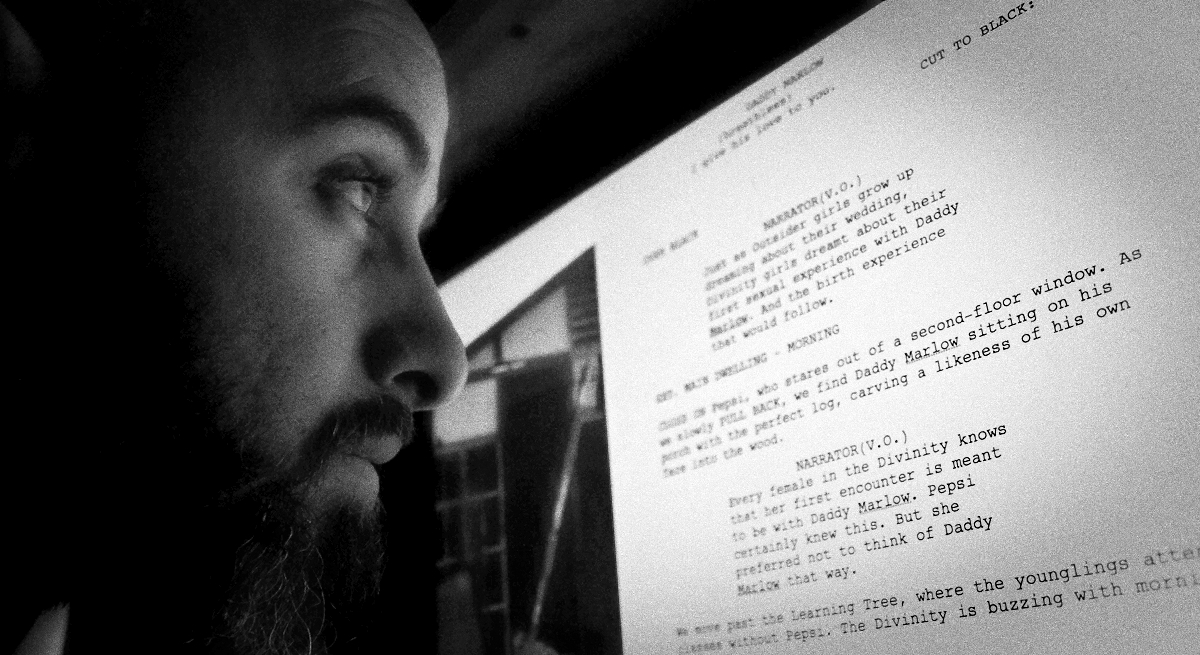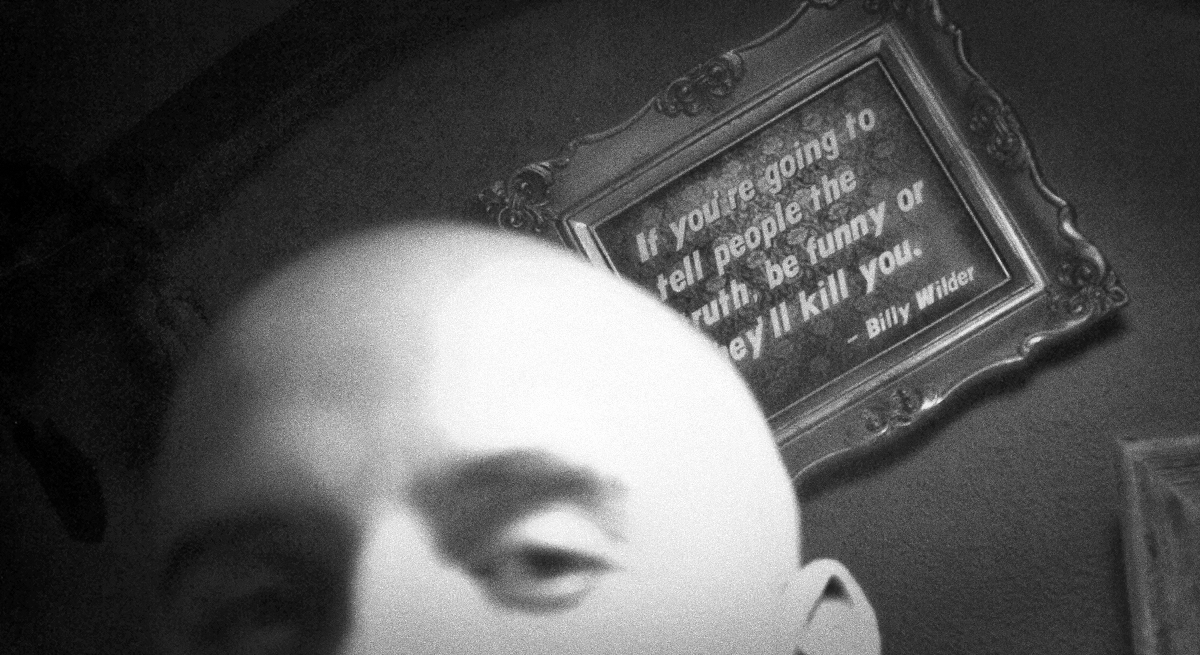Every year on December 9, since it's inception in 1977, people all over my inner circle have been celebrating Martin Day. This year will be the 34th celebration of Martin Day and it occurs to me a birthday retrospective is in order. So, for your benefit, I've put together a timeline of milestones in my life that, in one way or another, led me to my life as a novelist. So, without further ado, I present to you the First Annual Martin Day Birthday Retrospective.

Age: 1 Second (1977)
After nine months in my mother's womb, considering the world and my place in it, I decided that a comfortable sac of amniotic fluid simply wasn't enough without cable television.
Age: 5 Years (1982)
While attending preschool, I find there is a bitchin' CHiPs tricycle in the playground. But, apparently, I was in the group of children that was, believe it or not, too old to ride. I was too young to appreciate at the time the delicious nectar of disappointment that all artists learn to love.
Age: 8 Years (1985)
On a random Saturday afternoon, as I flipped through the channels, I discovered professional wrestling. It was love at first sight.
Age: 12 Years (1989)
After one whole long year of agonizing anticipation, Batman, the 1989 film starring Michael Keaton and Jack Nicholson, finally came out. As a loyal fan, I bought, with my very own $5 dollars (which I received once a week as an allowance), the novelization of the film.

Age: 14 Years (1991)
For Easter, my parents bought me tickets to watch WrestleMania VII at The Los Angeles Sports Arena. With the Gulf War serving as a backdrop, Hulk Hogan defeated Sgt. Slaughter (who lent his loyalties to Saddam Hussein) for the WWF World Heavyweight Championship.
Age: 17 Years (1995)
While working as an ice cream scooper at Thrifty's, I was interrogated for four hours by a couple of loss prevention agents. During the interrogation, I admitted to stealing a number of things, including money and ice cream. Turns out they were trying to pin a stolen pager on me, which, ironically enough, I did not steal.

Age: 18 Years (1996)
During my first year at Chaffey College, I took English 1A with S. Kay Murphy. For my first assignment, I wrote an essay about stealing money and ice cream from Thrifty's. Based on that essay, Murphy encouraged me to be a writer. Elated by her encouragement, I decided to give it a go.
Age: 19 Years and 2 Days (1997)
As a birthday gift, my parents took me to the Great Western Forum for my first Lakers game. The Lakers were hosting Reggie Miller and the Indiana Pacers. Kobe Bryant was a rookie and Shaquille O'Neal was in his first year with the team. We got to the arena a few hours early and watched the players warm up. I watched rookie Derek Fisher practice free throws; for about ten minutes he never missed one.

Age: 21 and 1/2 Years (1999)
Having gotten a part-time job working at the Virgin Megastore, I met Chanel, who was not only my co-worker, but, it turned out, was also the coolest gal on the planet.
Age: 23 and 1/2 Years (2002)
While studying English at California State University, San Bernardino, I took the first of many creative writing classes taught by James Brown (author of The Los Angeles Diaries and This River). In so doing, Brown unwittingly became my personal Yoda.
Age: 26 Years and 3 Months (2004)
While a participant at the Cal Poly Creative Writing Conference, I won the award for First Place in Short Fiction for my story "The Night Owl." Later that same year, I won First Place in the Inland Empire CWC Writing Contest for my short story "The Plan." Finally, in that same year, I got my first story published courtesy of The Pacific Review; it was a short memoir called "The Black Curtain."

Age: 27 Years and 7 Months (2005)
I was invited to attend The Squaw Valley Community of Writers, a week-long conference that brings aspiring writers together with seasoned professionals. I met many great writers, including Anne Lamott, Amy Tan, Dorothy Allison, and Mark Childress. I also met a literary agent who asked to read the novel I was working on called The Wishing Game.
Age: 28 Years (2005)
On the 28th celebration of Martin Day, I received a rejection letter from the literary agent I met I Squaw Valley. My devastation was tempered when, later that night, my brother, Greg, took me to a screening of Match Point, which was followed by a Q & A session with the writer/director, Woody Allen, and the cast.
Age: 28 and 1/2 Years (2006) - Part 1
Once again, I graduated from California State University, San Bernardino, this time earning my Master's Degree in Composition.

Age: 28 and 1/2 Years (2006) - Part 2
I got my first grown-up job as an English Professor at Chaffey College. I had no idea what I was doing, but chose to keep this information to myself.
Age: 31 Years (2008)
I was waist-deep in the writing of my novel, The Sacrifice of Timber Marlow. Upon later revisions, I would change it's title to The Sustenance of the Flesh.
Age: 33 Years (2010)
Having completed my novel, The Sustenance of the Flesh, I decided I wasn't happy with the title. So, with the help of my brother, Greg, I came up with the title Inside the Outside.
Age: 33 and 1/2 Years
I published Inside the Outside. Along with being well-received by readers and reviewers alike, Inside the Outside found itself at #3 in Amazon.com's Top 100 Hot New Releases for Horror.
Age: 33 Years, 364 Days and 18 Hours (2011)
The Lakers agreed to trade Lamar Odom and Paul Gasol to the New Orleans Hornets for Chris Paul. By all accounts, I regard this as an early birthday present.

Age: 33 Years, 364 Days and 20 Hours (2011)
The NBA, which owned the New Orleans Hornets, blocked the trade of Odom and Gasol for Paul. By all accounts, I regard this as the worst early birthday present ever.
Age: 34 Years (2011)
For my 34th birthday, I posted a silly, yet poignant, article called "Happy Martin Day (A Birthday Retrospective)!" for the benefit of my amusement.
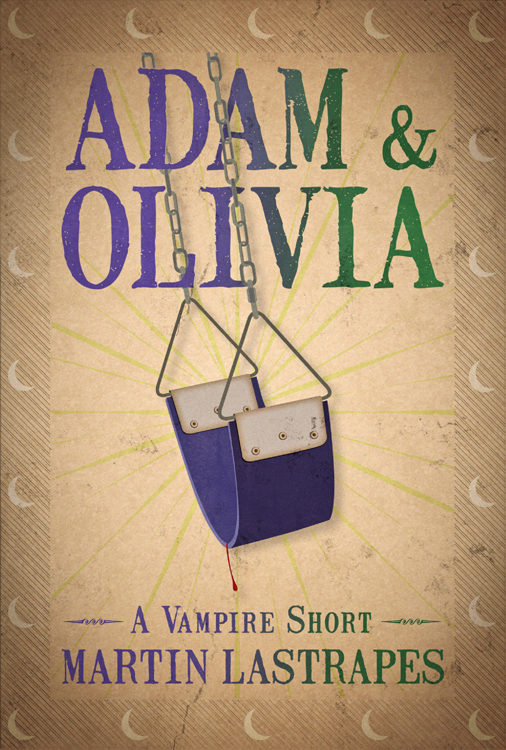
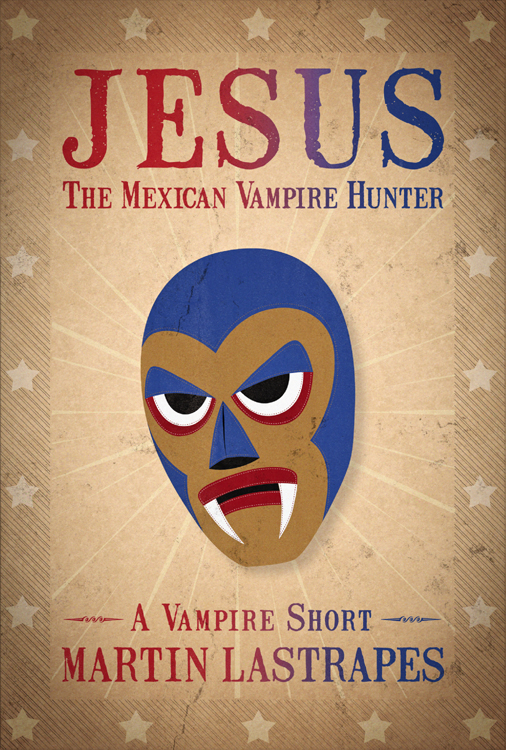 Well now, here we are in 2012 and that little seedling of an idea is nearly complete. The Vampire, the Hunter, and the Girl is loosely slated to be released in 2013. In the meantime, I've released both "Adam & Olivia" and "Jesus the Mexican Vampire Hunter" exclusively in Amazon's Kindle Store, as Vampire Shorts.
Well now, here we are in 2012 and that little seedling of an idea is nearly complete. The Vampire, the Hunter, and the Girl is loosely slated to be released in 2013. In the meantime, I've released both "Adam & Olivia" and "Jesus the Mexican Vampire Hunter" exclusively in Amazon's Kindle Store, as Vampire Shorts.